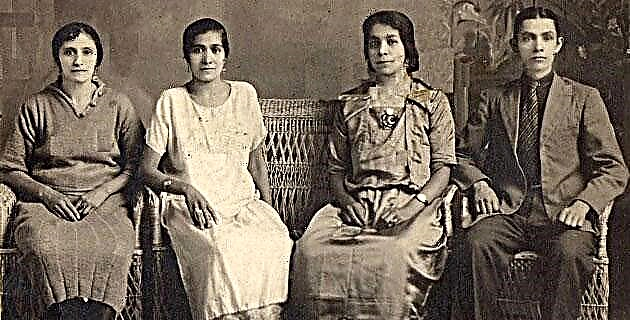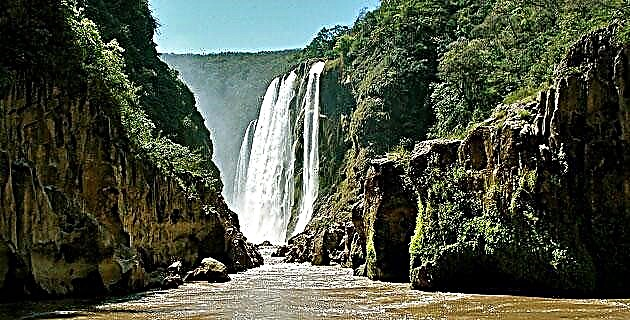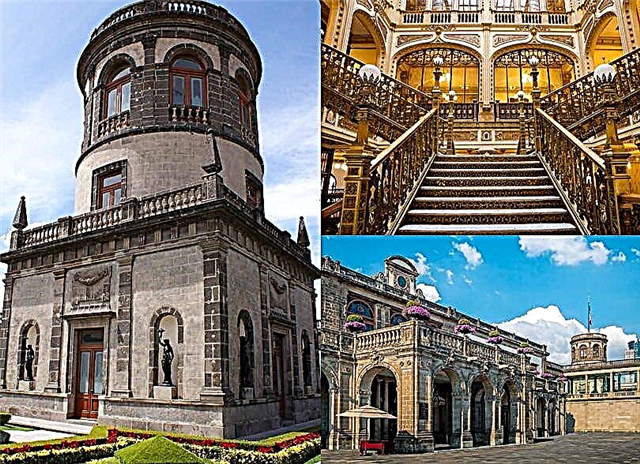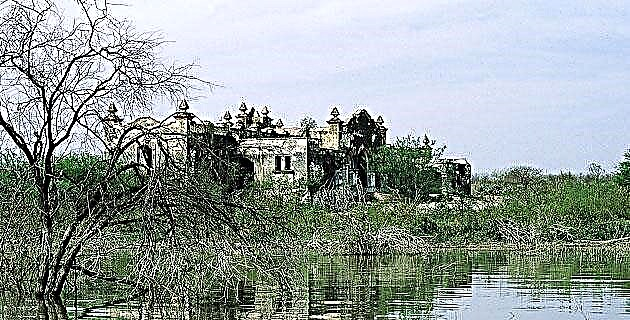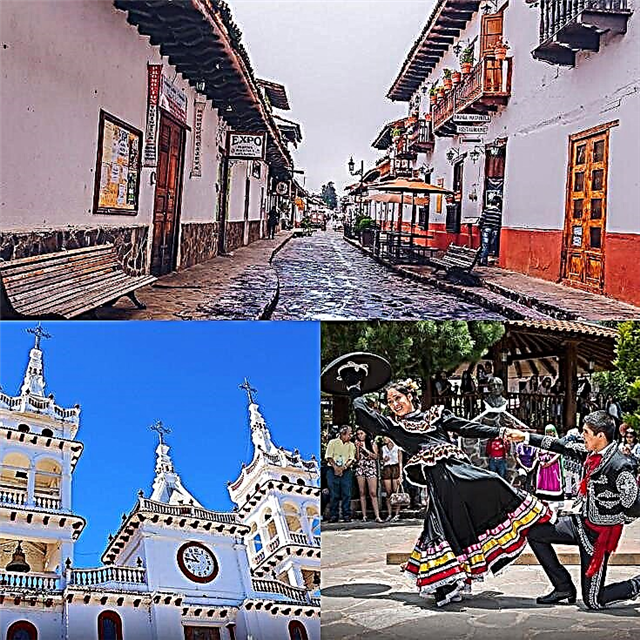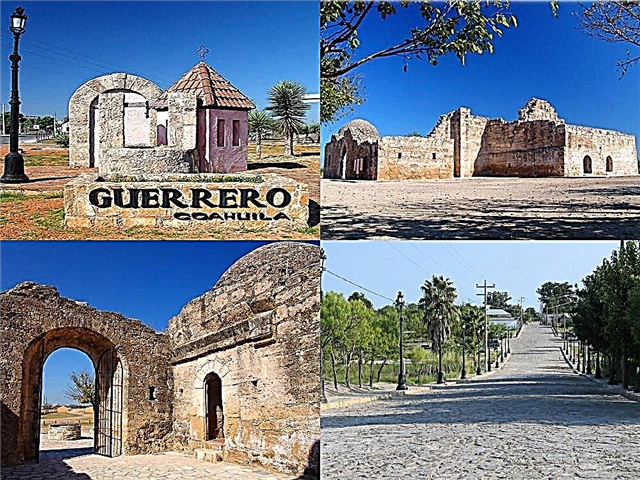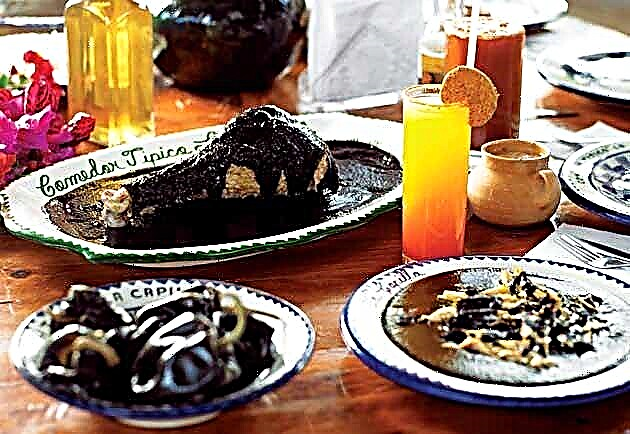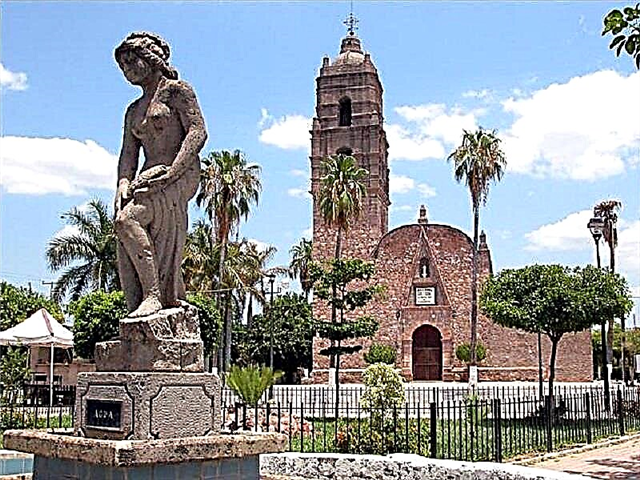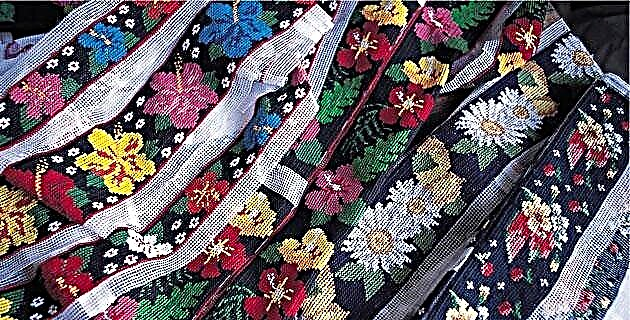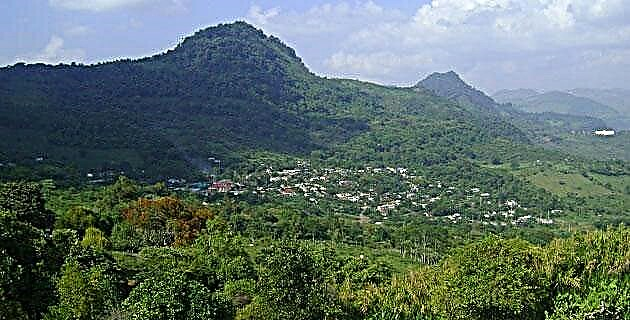
During your trip to the state of Hidalgo, take the opportunity to visit this town, of colonial charm, where you can admire the architecture of its old parish, as well as enjoy its surroundings: the Atezca lagoon and the mountains.
It is located 92 km. of Pachuca. The original name must have been Molanco, "place of the god Mola"; the temple and the representation of the god were destroyed by Fray Antonio de Roa with the help of other religious. It is the oldest foundation since it corresponds to 1538. The first chapel that was dedicated was that of San Miguel and the years 1540-1550 are thought to be the dates of the construction of the convent complex. Santa María Molango was a priory and administered 19 towns and 38 visits. It was not until the year 1751, when it was secularized.
The complex is built on high and level ground. Its attic has modifications, an aligned fence surrounds it and allows access through two openings, the one on the west side being very elegant, which is combined with a staircase that opens like a fan. We have no data on the open chapel existed. The atrial cross was lost, as well as the chapel poses. The belfry is separated from the building, which is a novel architectural solution.
The decoration of the façade is around the opening. The arch is decorated with Elizabethan leaves, flowers and pearls. The intrados (which is the inner surface of an arch or vault or also the face of the segment that forms said inner surface) of the arch and the inner faces of the jambs have reliefs of angels; It is a very flat job that denotes the use of indigenous labor.
A short parenthesis to remember that the decoatequitl system had to work in the organization of work, that is, crews of workers who divided tasks, their participation being mandatory. Above the door there is a rose window that allows the lighting of the choir. This cover summarizes all the influences received from Europe: romantic, Gothic, Renaissance, which, together with the particular indigenous stamp, give our art its own signature. The interior is simple as it has lost its altarpieces. The tribune from where the religious could hear mass without having to go down to the church is conserved and that communicated directly with the upper cloister. The church in this case was closed with a wooden roof, the current one is a recent work (1974). The cloister of the convent is very deteriorated, but through the columns that remain, it still shows elegance and sobriety.
The conversion of the groups in the Sierra Alta was a slow and forced process, many religious, whose names have been forgotten, contributed their grain of sand to that colonial enterprise. The indigenous people slowly adapted to watching the Augustinian monks rise and fall from the mountains to the depths of the valleys and caves. The care, love, humility, and paternalism of some religious were crowned by winning the hearts and souls of the faithful. Even now, at the end of the twentieth century, poverty, backwardness, the lack of good lands and roads that allow these groups to survive with dignity are denoted. We still hear Otomí talk here, we wander through streets and markets feeling that many Roas and many Sevillas are needed who, with the same spirit of service, turn their eyes and work to help them. The material work is there, waiting to be visited, And more than anything to be understood, each stone had a reason for being. In the Sierra Alta it seems that time stopped, it has passed so slowly that the traveler will soon feel immersed in our past.

